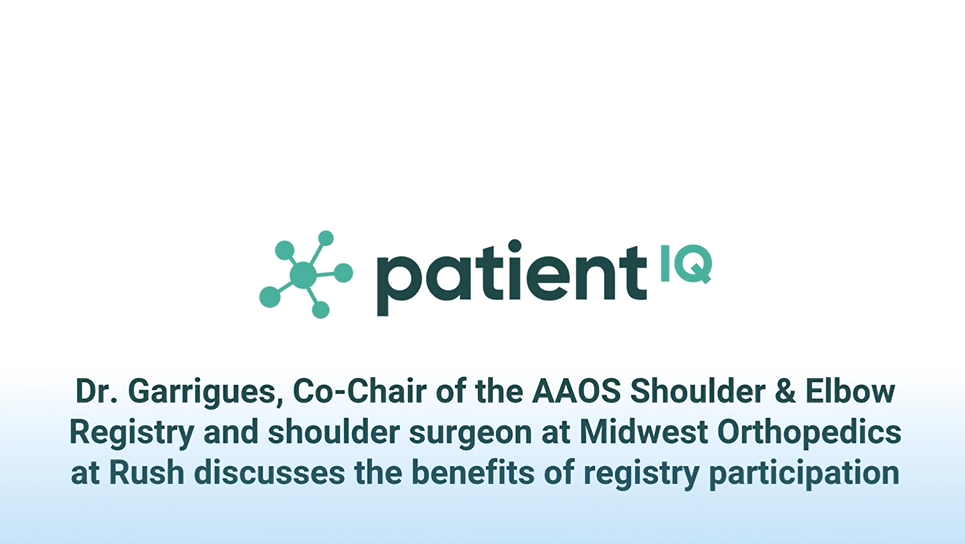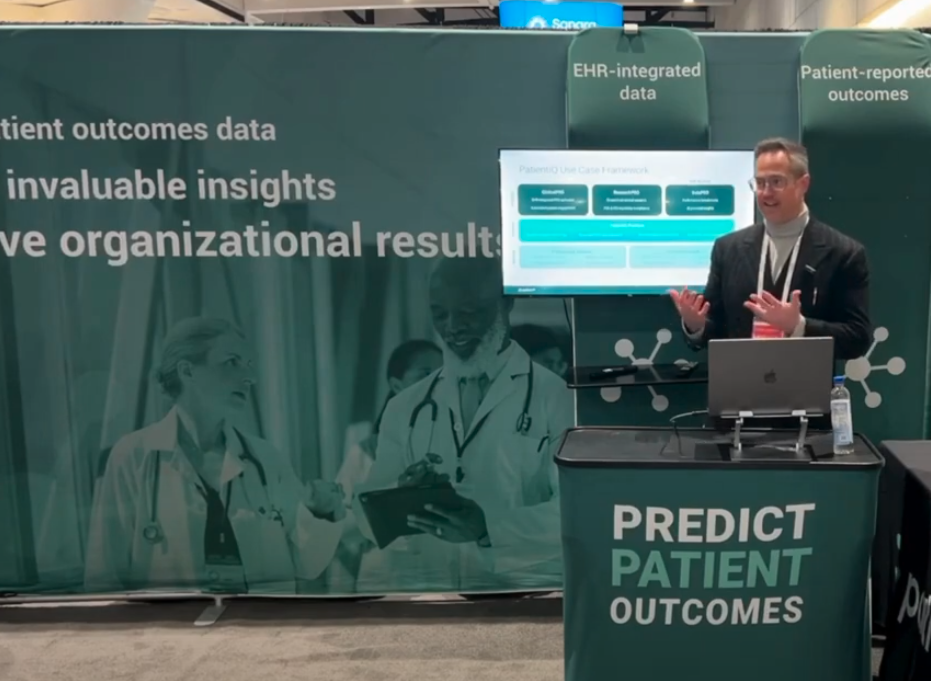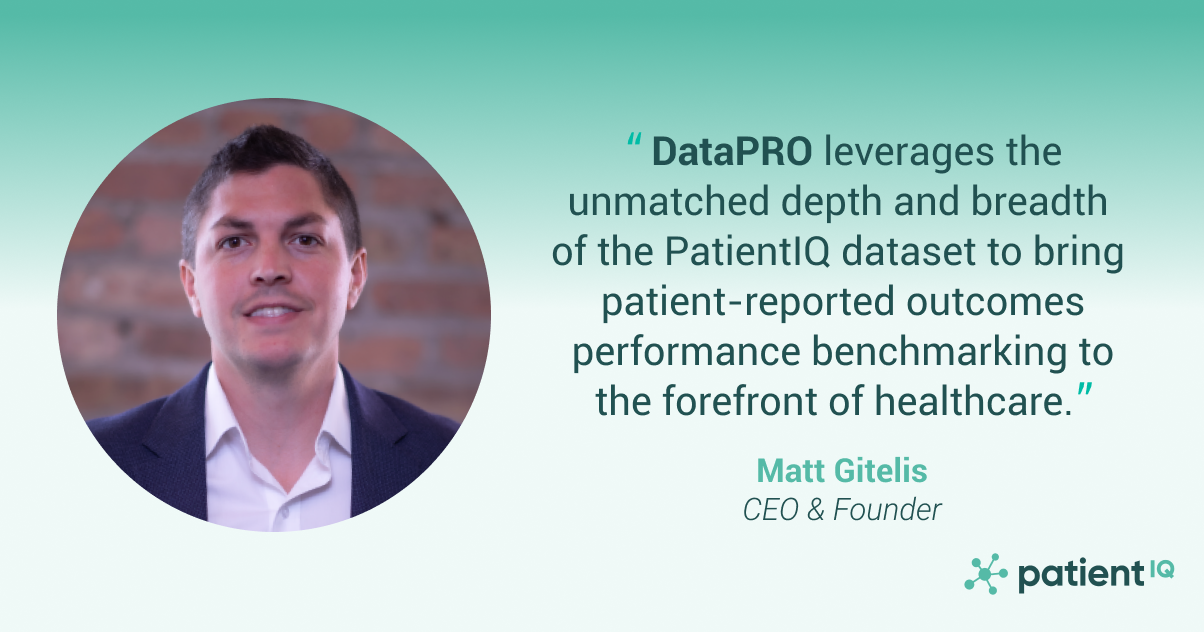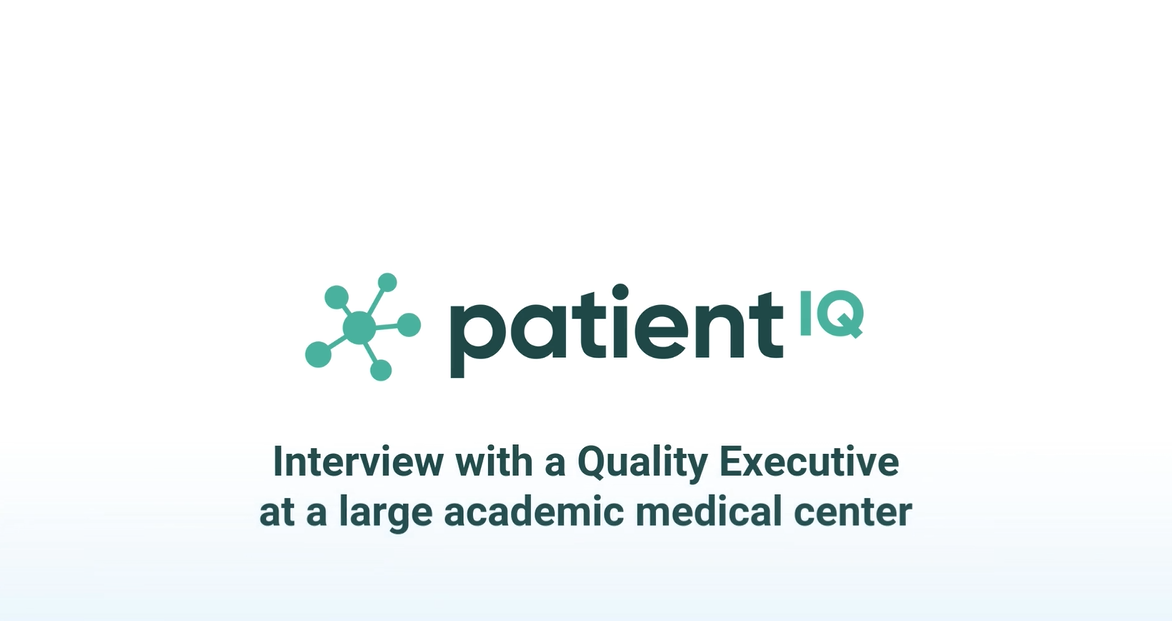
3 min read
What Are Patient-Reported Outcomes and Why Do They Matter?
Traditional clinical data tells us what treatments were delivered, but not whether they worked from the patient's perspective. Patient-reported outcomes (PROs) fill this crucial gap, offering insight into how patients feel, function, and recover. As...
Read More









